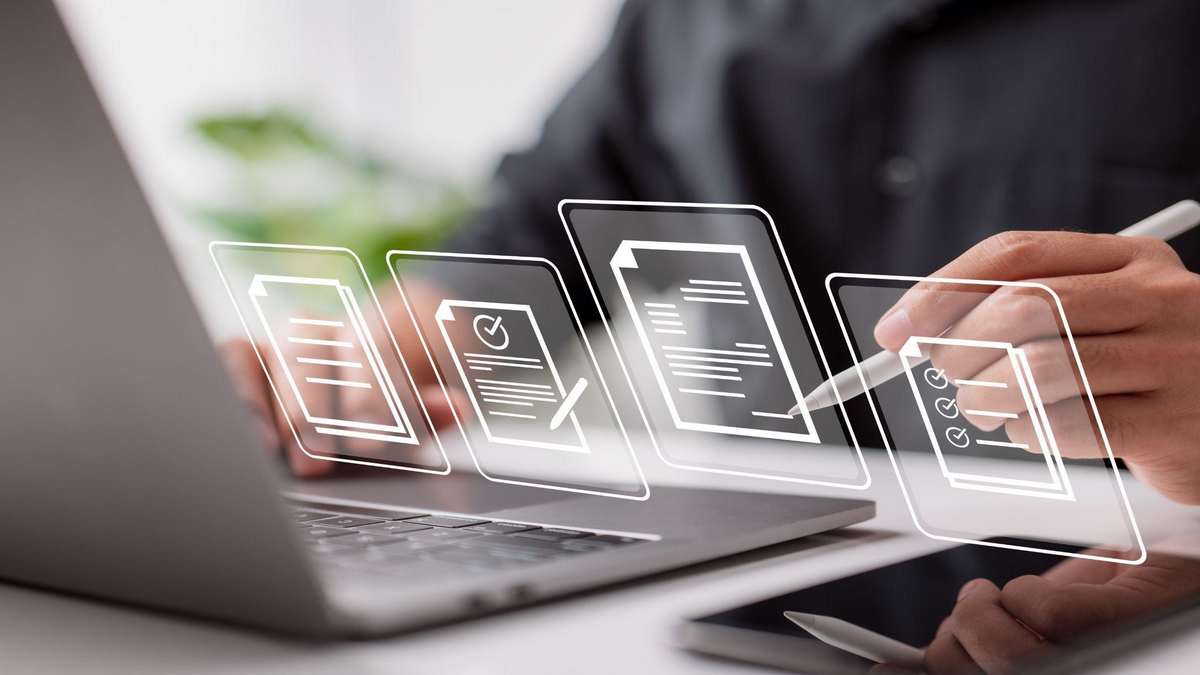
The past two years have proven that the modern workplace is digital and that it will remain like that in the future. Companies, managers, and employees are embracing this switch by adopting remote or hybrid work. Employee priorities changed; people want flexibility and understanding in their workplace.
With a plethora of screens and apps in front of us, while working from home, it can become hard to stay focused on completing all your tasks. If you’re managing the productivity of a small team (less than five people), a drop in productivity isn’t a big deal. Managing productivity becomes a lot harder when you’re in charge of a bigger hybrid or remote team.
Luckily, employee tracking is the perfect solution that works for both small and large organizations. This tool can record, analyze, and report on employee activity while on the clock. Not only does it oversee historic worker performance, but it also offers real-time insight. Thanks to this data, managers can make better, smarter decisions about their employees and their performance.
Here, we are going to explore some of the key software features that help drive employee productivity, no matter onsite or working from home.
The Benefits Of Using Monitoring Tools
1. Website and App Usage
In most cases, this software lets you see which websites and apps are being used on your employee’s computer. As before mentioned, this is done through real-time monitoring or through reporting. App and website usage get categorized into three categories: productive, unproductive, and neutral.
The administrator chooses the websites/apps that get marked as productive vs. unproductive.
Sometimes, this can also depend on the worker’s position in the company. For example, Facebook is set as an unproductive website for developers, yet “productive” for the marketing team.
Web/app usage gives you the complete picture of how a worker spends their time. An overview of an employee’s real-time activity can give you valuable information. The point isn’t to completely cut the usage of unproductive apps, but rather to understand why your employees are using them.
A sudden surge in unproductive website usage can be an indicator that your employee needs a short break – but feel obligated to keep remain active. Through real-time monitoring, you can pick up on this and encourage your employees to take a short break., It’s well-known fact that breaks can boost productivity and heighten engagement when used with caution.
2. Security and Compliance
Each company follows a set of rules or guidelines that are essential to its business. Expecting one person (or a small group) to keep the business compliant is borderline insane. Without the help of monitoring data and other software solutions, attaining company compliance would be practically impossible.
In this sense, the software acts like an “all-seeing eye” that assures worker safety and alerts admins of unwanted behavior. This happens through screenshots, screen recordings, or other tracking processes. This data is available to supervisors and admins as needed. In the case of employee misconduct, monitoring data helps impose the right disciplinary action. It can serve as both evidence against the policy-breaking employee and keep the company compliant.
Verizon’s 2022 Data Breach Investigations Report reveals that 82% of all workplace breaches involve the human factor (social attacks, mishaps, and misuse). This means that most security violations happen by accident. Companies that work with sensitive information need more layers of security than sole monitoring. In that case, you want to look for security features such as website blocking, USB blocking, phishing alerts, and other security alerts. This prevents employees from engaging in activities that could be a latent danger to the company.
3. Effective Project Management, Time Tracking, and Budgeting
Work tracking software makes project management much easier through planning, scheduling, and organizing tasks. For example, planning and scheduling are much easier once you know how much time it takes you to complete each aspect of the task. By analyzing gathered data, you can better prioritize tasks, and work with more time efficacy and precision on your part of the project.
Monitoring data can also help create a clear picture of how many resources you need to complete the project. This allows for an easy and precise budgeting process, without added money-related stress.
The ability to gather exact attendance records of employees was where it all started for the earliest tracker software. Even to this day, it’s one of the most important features of this tracking solution. Employee attendance data goes straight to the reporting manager
4. Perfect for remote/hybrid work
Despite all criticism, remote work is here to stay. After a few turbulent years, everybody’s aware of the fact that remote working may arise again as a result of diseases emerging and spreading. Even if your workforce isn’t a fan of remote work, you still need some kind of system in place that tracks attendance and productivity, if all fails.
Automatic time tracking serves as proof of work, as it records exactly when, and what your employee was doing, and for how long Real-time monitoring lets managers shift their energy to better support their “lower” performers. This further creates a healthier and more holistic work environment where employees show empathy and care for each other.
This elevates the feeling of employee autonomy and self-sufficiency, leading to a happier workspace – remote or not.
5. Employee Reviews
Annual employee reviews were often a sore spot for both employees and managers. Due to their yearly occurrence, these reviews rarely motivate employees and were often an inaccurate view of the worker. It’s time to step into the future with data-driven appraisals.
With the help of monitoring data, managers can assess workers’ overall performance with ease. No more chasing notebooks and torn-out notepads to write uninspiring last-minute reviews. Through work performance analytics, workers can pinpoint which areas need extra support. Similarly, good managers will praise well-performing workers and encourage their further development.
The value of real-time monitoring in the employee performance appraisal lies in the fact that the manager can assist or motivate the employee while it still matters, not a year later. This may lead to enhanced work quality and closer, more honest workplace relationships.
Conclusion
Employee tracking software can increase productivity and lead to higher profitability and sweeping company success. This is why this technology is a key component of the success of many companies, worldwide.
However, not all tracking software is equal. When choosing your perfect monitoring solution, keep in mind what your company’s needs are. Choose the SaaS company that adheres to the needed monitoring features the best.
Our final advice is to always book demos to check out the features you’re interested in, in live action. Choose software that is intuitive for users and has a simple yet appealing user interface. Feel free to ask the developers of the monitoring solution about monitoring tips, tricks, and best practices.



